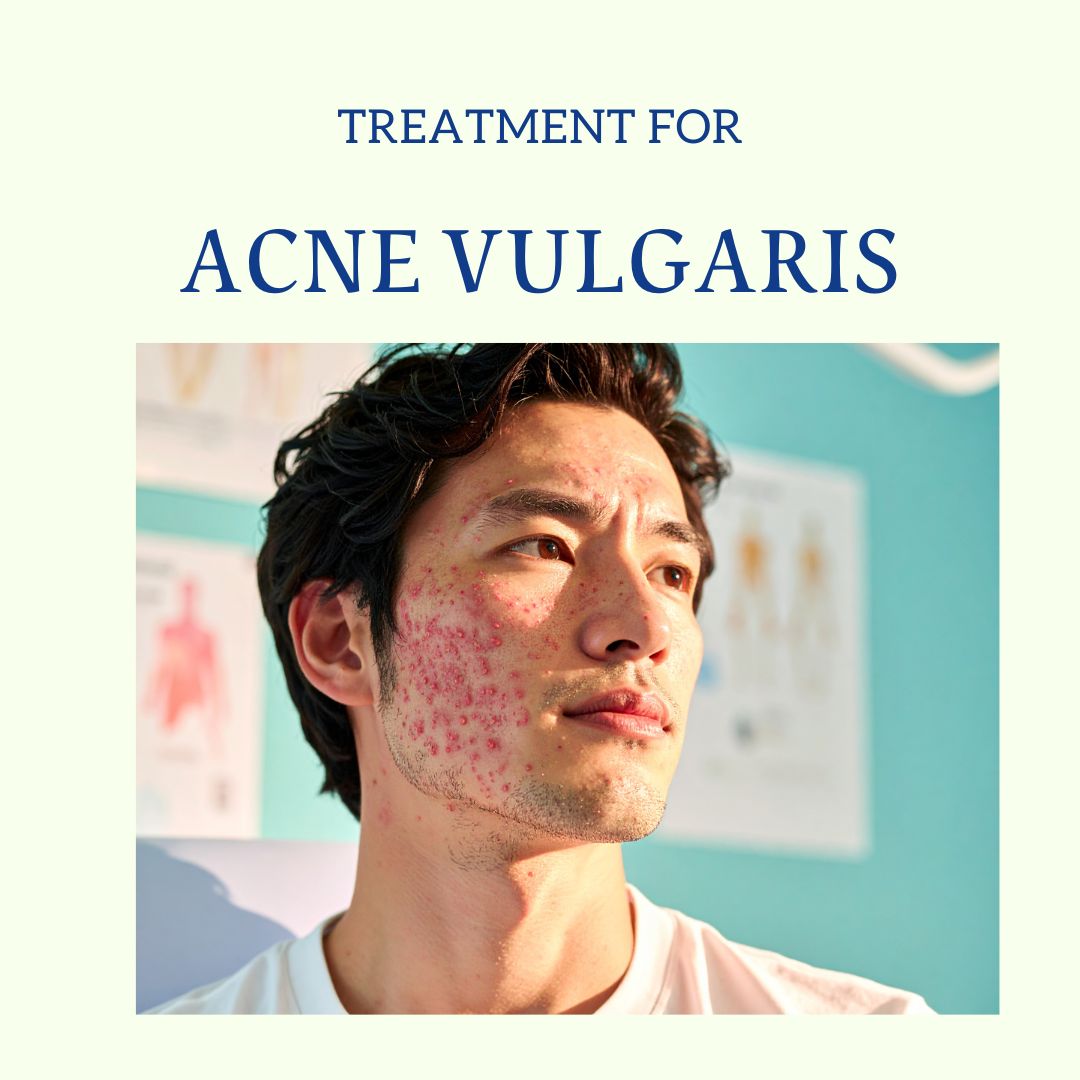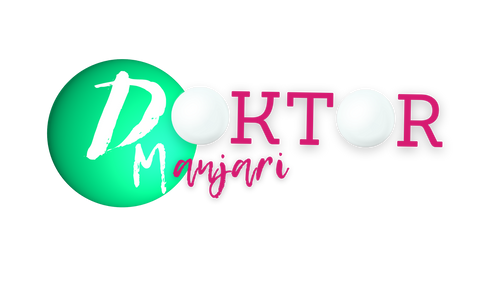Doktor Manjari
Acne Vulgaris
Acne Vulgaris
Couldn't load pickup availability
Acne – Homeopathic Treatment
Acne is a common skin condition that occurs when hair follicles become clogged with excess oil (sebum) and dead skin cells. It leads to whiteheads, blackheads, pimples, and deeper nodular or cystic lesions. Acne is most common during teenage years but can affect individuals of all ages.
Recommended Treatment Duration: 1–2 Years
Duration varies based on severity, frequency of lesions, skin type, and treatment compliance. Nodular or cystic acne generally requires longer treatment.
Diagnosis
Acne is diagnosed clinically based on the appearance and type of lesions.
Symptoms
- Whiteheads (closed clogged pores)
- Blackheads (open clogged pores)
- Small red, tender bumps (papules)
- Pimples (pustules)
- Large, firm, painful nodules under the skin
- Cystic lesions (painful, pus-filled lumps)
Acne commonly affects the face, forehead, chest, shoulders, and upper back.
Causes
- Excess sebum (oil) production
- Clogged hair follicles with oil & dead skin cells
- Bacterial growth (Cutibacterium acnes)
- Inflammation of the skin
Triggering Factors
- Hormonal changes: Increase in androgens during puberty or menstrual cycles
- Certain medications: Corticosteroids, lithium, testosterone
- Stress: Does not directly cause acne, but can worsen flare-ups
Complications
- Pitted or depressed scars (acne scars)
- Thick scars (keloids)
- Skin discoloration (hyperpigmentation / hypopigmentation)
- Low self-esteem or social anxiety, especially in teenagers
Risk Factors
- Teenage years due to hormonal surge
- Hormonal changes during puberty or pregnancy
- Family history (genetic tendency)
- Use of greasy or oily skincare/hair products (not food)
Treatment Approach
Treatment focuses on balancing oil production, reducing inflammation, and preventing scarring.
- Prescription of Homeopathic medications based on individual skin type and symptom profile
- Counselling to explain triggering factors and disease course
- Dos and don’ts for skincare, hygiene, and acne-safe practices
- Review of dietary habits that may influence flare-ups
Requirements
To monitor progress and ensure accurate assessment:
- Clear photographs of affected areas (face, back, neck, shoulders) for record-keeping
- Follow-up reviews to track reduction in lesions and hyperpigmentation
Share


